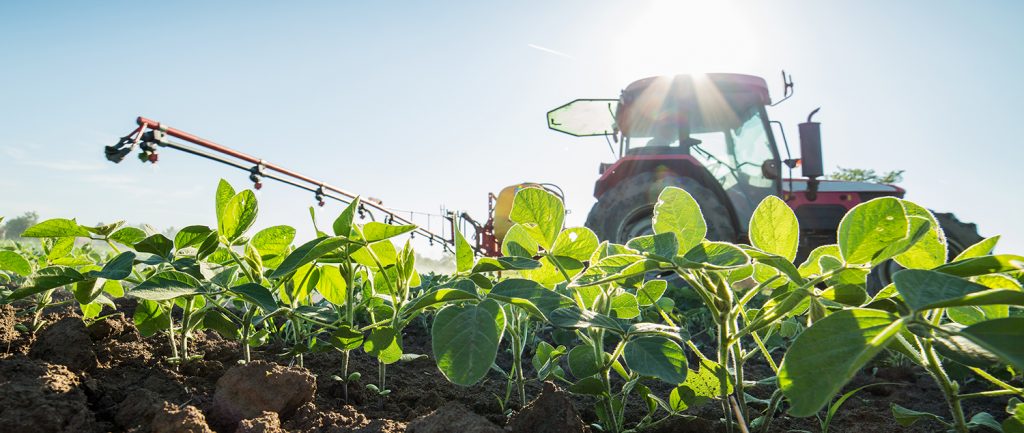Each year the United States Trade Representative (USTR) asks for comments concerning trade barriers to publish in their 700-page National Trade Estimate Report on foreign trade barriers. For the first time in its nearly 60-year history, the Minnesota Soybean Growers Association is preparing to submit comments to the NTE Report, and will do so later this month. The North Dakota Soybean Growers Association and South Dakota Soybean Growers Association are also signing on to the letter.
“Trade restrictions have damaged the bottom lines’ of Midwest farmers for several years now, and we strongly feel action is needed,” MSGA Executive Director Joe Smentek said. “Our comments outline the ways in which officials at the USTR can make sure China and other trade partners uphold the rules of the World Trade Organization.”
MSGA understands the need to speak on some specific trade barriers; Upper Midwest farmers rely heavily on soybean exports. In late September, Minnesota Soybean Director of Market Development Kim Nill met with officials with the USDA, USTR and several associations engaged in ag commodity export promotion to confirm specific details of the overseas export trade barriers and restrictions against U.S. soy exports.
“We came out of the meetings recognizing that China’s less-than-1-percent foreign material requirement restricts market access for U.S. commodity-grade soybeans,” Nill said. “Since this was the first in-person meeting these officials have had with outsiders since March, that alone confirmed and made more rock solid that this is a major foreign trade barrier.”
MSGA plans to submit comments on at least 10 trade barriers and restrictions, though the organization believes there are currently more than 90 such issues.
“We know that there are dozens of trade barriers that are damaging U.S. soy exports,” Nill said. “However, we need to have the documentation and proof to be able to submit comments on all of the issues.”
After Oct. 29, USTR will combine and summarize all submitted comments to create its annual NTE Report that USTR then utilizes as a literal “to do” list during the subsequent 12 months as it negotiates trade agreements and works to remove barriers against all U.S. exports around the world.
“We are consistently engaged with USTR, and we look forward to ensuring the voice of our farmers is heard in Washington, D.C.,” Smentek said.





